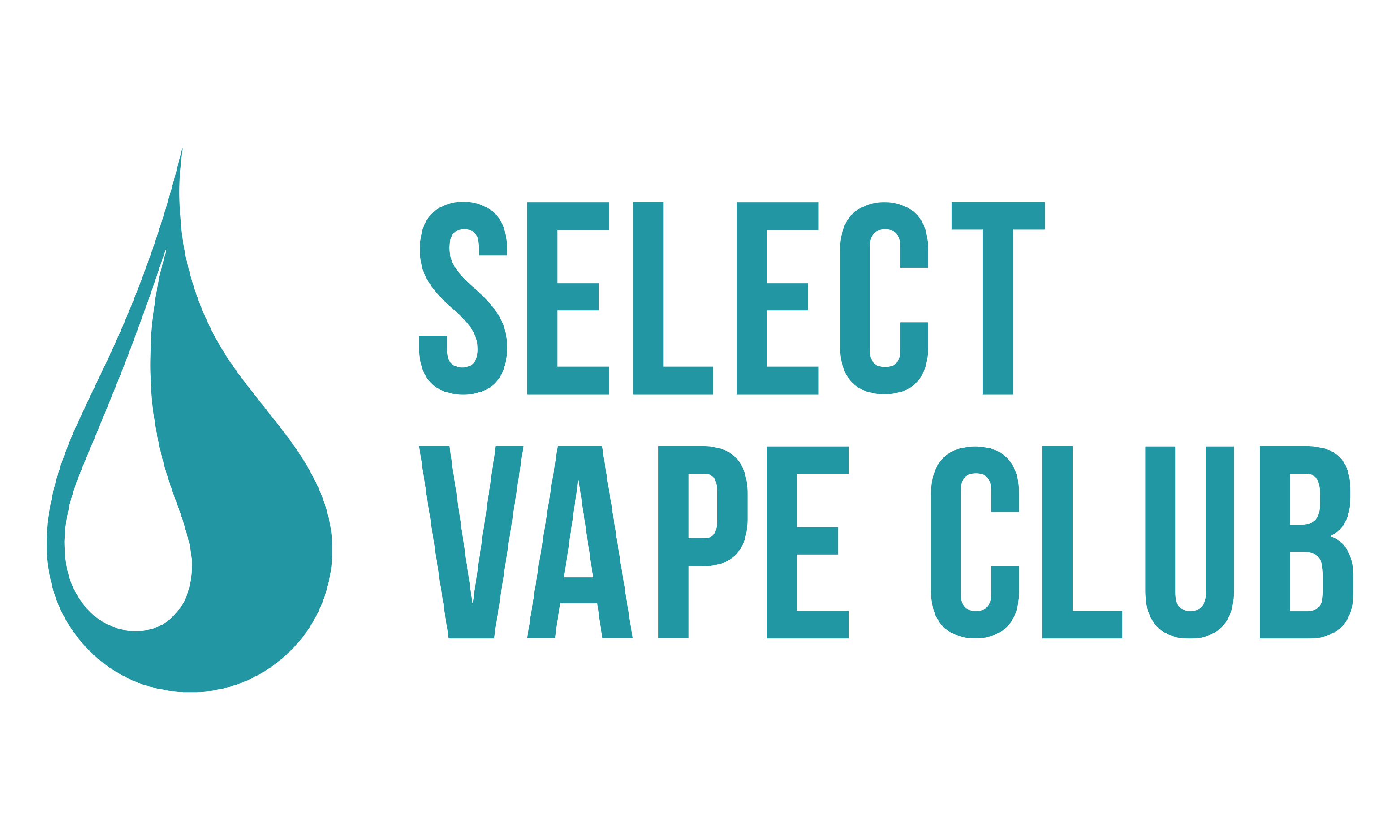Vaping has become a popular alternative to traditional smoking in recent years. As the world becomes more health-conscious, individuals are seeking out ways to reduce their exposure to harmful substances. This article will delve into the pros and cons of vaping, shedding light on its effects, safety concerns, and potential benefits. By examining these aspects, you can make an informed decision about whether vaping is the right choice for you.
- Understanding Vaping:
Vaping is the act of inhaling and exhaling vapor produced by an electronic cigarette or similar device. These devices, commonly known as e-cigarettes or vape pens, heat a liquid solution (e-liquid) containing nicotine, flavorings, and other chemicals to create the vapor. It's essential to note that not all e-liquids contain nicotine, as some are purely flavor-based.
- Pros of Vaping:
- Harm Reduction: Vaping is often considered a less harmful alternative to smoking traditional cigarettes. While it is not entirely risk-free, studies have shown that vaping exposes users to fewer toxic substances found in cigarette smoke.
- Control over Nicotine Intake: Vaping allows users to control the level of nicotine they consume by choosing different e-liquids with varying nicotine concentrations. This feature can be beneficial for those looking to gradually reduce their nicotine dependence.
- Odor and Social Acceptance: Unlike traditional cigarettes, vaping typically leaves behind little to no lingering odor. This aspect makes it more socially acceptable in public spaces and may be appealing to those who wish to avoid the characteristic smell associated with smoking.
- Safety Concerns:
- Lack of Long-Term Research: As vaping is a relatively new phenomenon, there is limited long-term research available regarding its effects on health. While short-term studies suggest that vaping is less harmful than smoking, it's important to continue monitoring potential long-term consequences.
- Chemical Exposure: Although vaping reduces exposure to many harmful substances found in traditional cigarettes, e-liquids may still contain certain chemicals that could pose health risks. It is crucial to choose reputable brands and be aware of the ingredients in the e-liquids being used.
- Potential Gateway to Smoking: Some studies suggest that vaping may serve as a gateway to smoking traditional cigarettes, especially among young individuals. It is essential to implement strict regulations and educate users, particularly minors, about the potential risks.
- Regulations and Public Perception:
- Evolving Regulations: Governments worldwide are continuously adapting regulations to address the growing popularity of vaping. These regulations often focus on factors such as age restrictions, advertising limitations, and product standards to ensure user safety.
- Public Perception: Despite being considered a harm reduction tool by some, vaping is still a subject of debate and controversy. Public opinion varies, and it is crucial to navigate the evolving perception and communicate accurate information to consumers.
Conclusion:
Vaping has emerged as a potential alternative to traditional smoking, offering harm reduction benefits and control over nicotine intake. However, it is crucial to weigh the pros and cons carefully and stay informed about emerging research and regulations. Ultimately, making an informed decision about vaping requires a comprehensive understanding of its effects, potential risks, and evolving public perception. Remember to consult healthcare professionals and trusted sources to guide you in making the right choice for your health and lifestyle.
By incorporating relevant keywords such as vaping, harm reduction, e-cigarettes, nicotine intake, and regulations, this article aims to improve your website's SEO and increase visibility among individuals seeking information on vaping-related topics.


